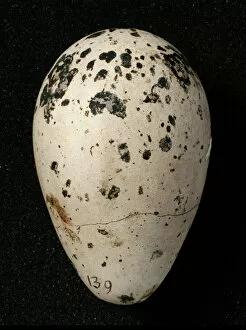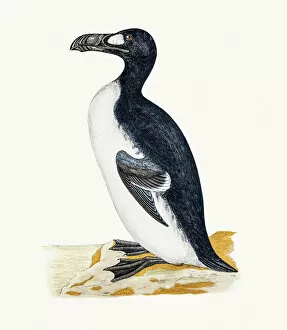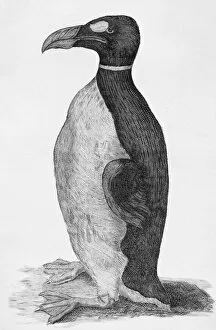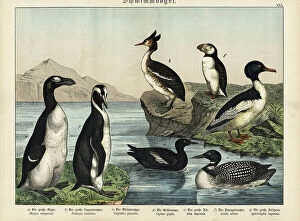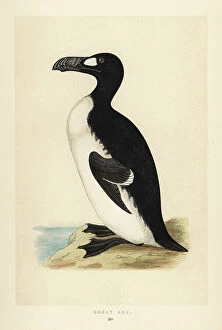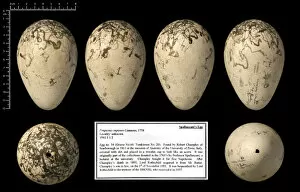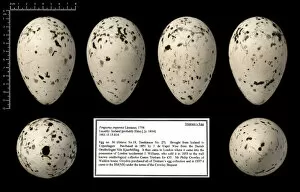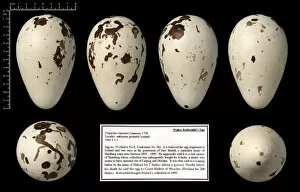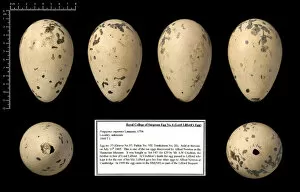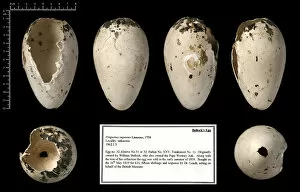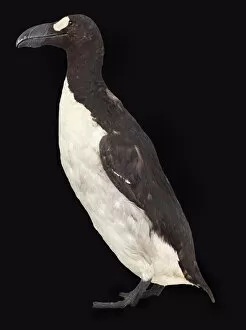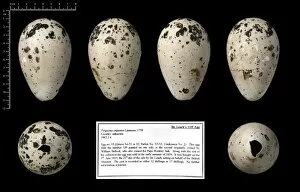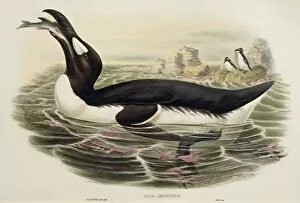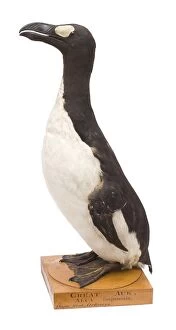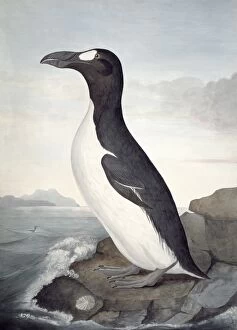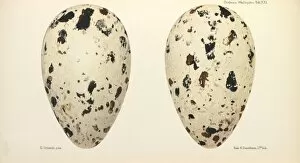Pinguinus Impennis Collection
"Pinguinus impennis: The Great Auk, a Majestic Bird of the Past" The Pinguinus impennis, commonly known as the Great Auk
All Professionally Made to Order for Quick Shipping
"Pinguinus impennis: The Great Auk, a Majestic Bird of the Past" The Pinguinus impennis, commonly known as the Great Auk, was a remarkable bird that once graced our planet with its presence. This flightless species belonged to the Alcidae family and was native to the North Atlantic region. With its distinctive appearance and striking features, the Great Auk captured the imagination of many. Its large size and robust build made it an impressive sight to behold. Unfortunately, due to human activities such as hunting for meat, eggs, and feathers, this magnificent creature became extinct in 1844. Engravings depicting this extraordinary bird showcase its unique characteristics. From Spallanzani's great auk egg to Tristram's great auk egg and Lord Lilford's great auk egg – these artifacts serve as reminders of what we have lost. Even Bullock's great auk (Pinguinus impennis) egg holds significance in preserving our understanding of this species. Walter Rothschild's collection includes his prized possession – a rare great auk egg. Dr Leach also contributed significantly by amassing an astonishing 139 eggs from this iconic bird. These collections not only symbolize their passion for ornithology but also highlight how valuable these creatures were in scientific research. The extinction serves as both warning and inspiration for conservation efforts today. It reminds us that every living being plays an essential role in maintaining ecological balance on Earth. Let us remember the greatness of this now-extinct avian marvel - Pinguinus impennis - or better known as the Great Auk; may it forever be etched into history as one of nature’s most awe-inspiring creations that sadly slipped away from our grasp.

